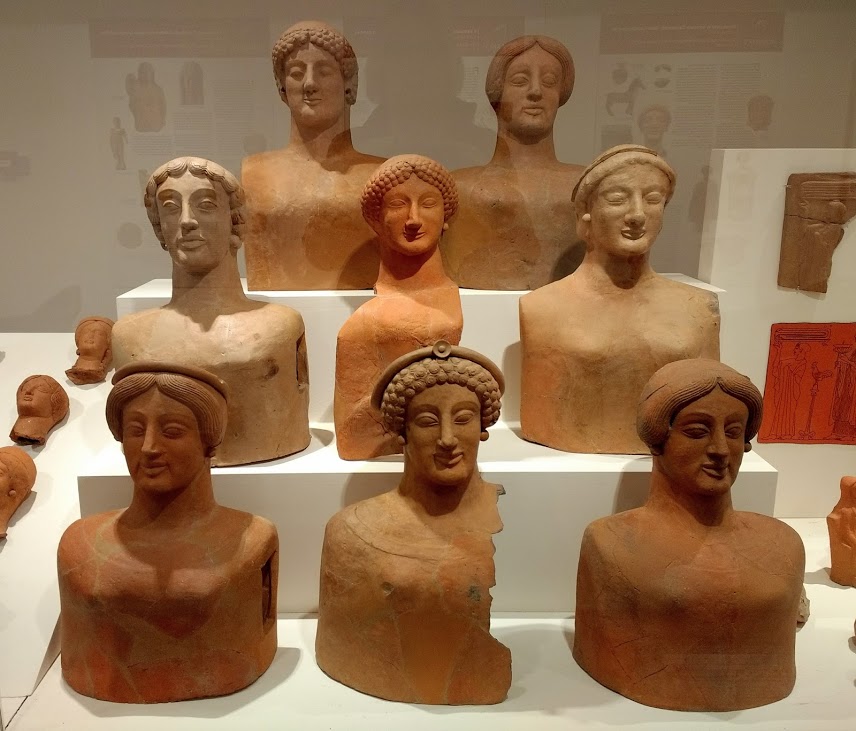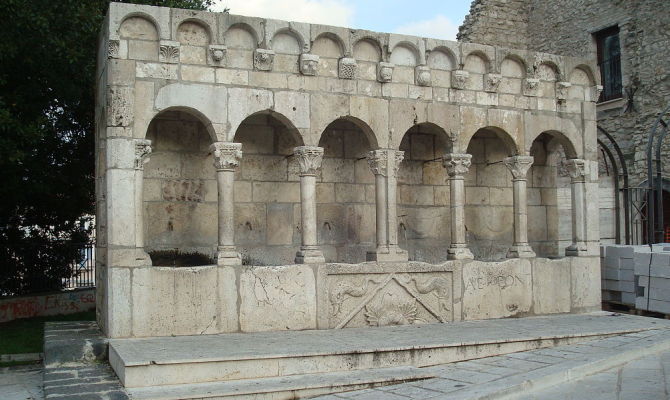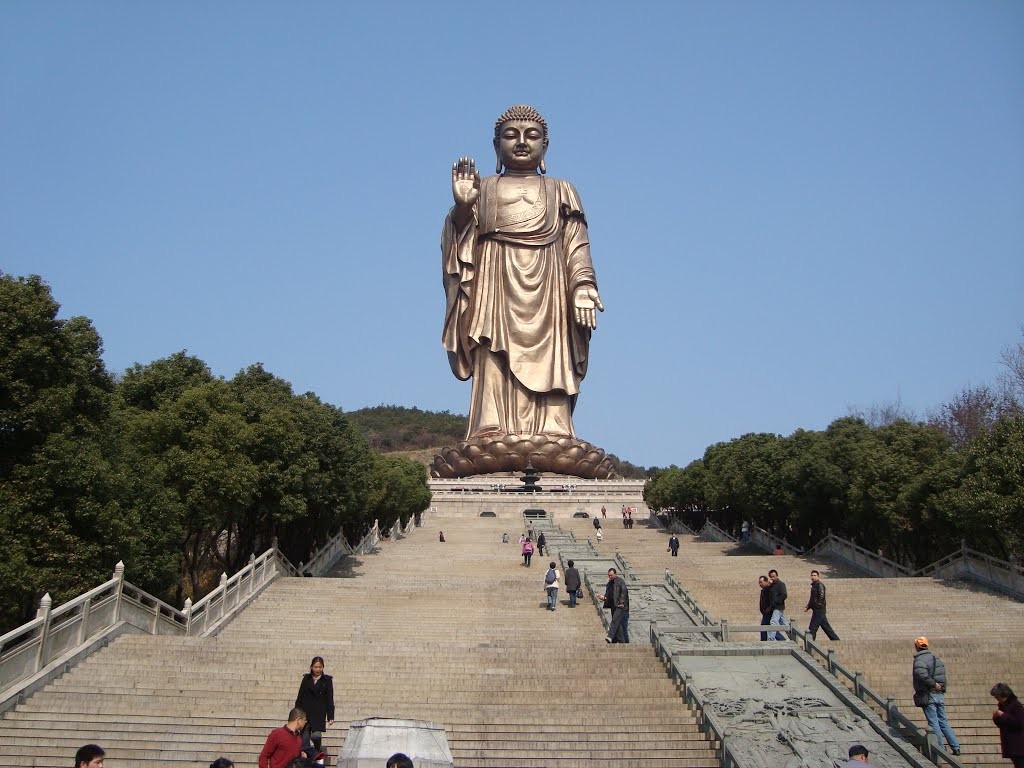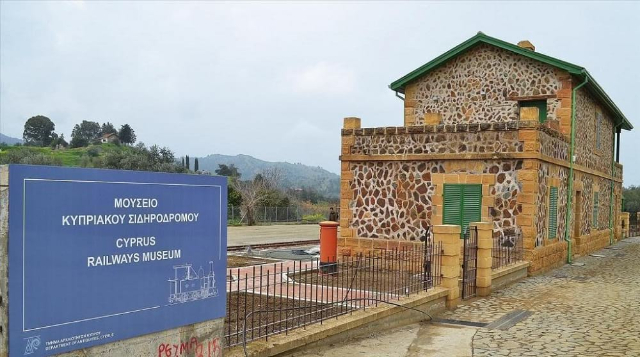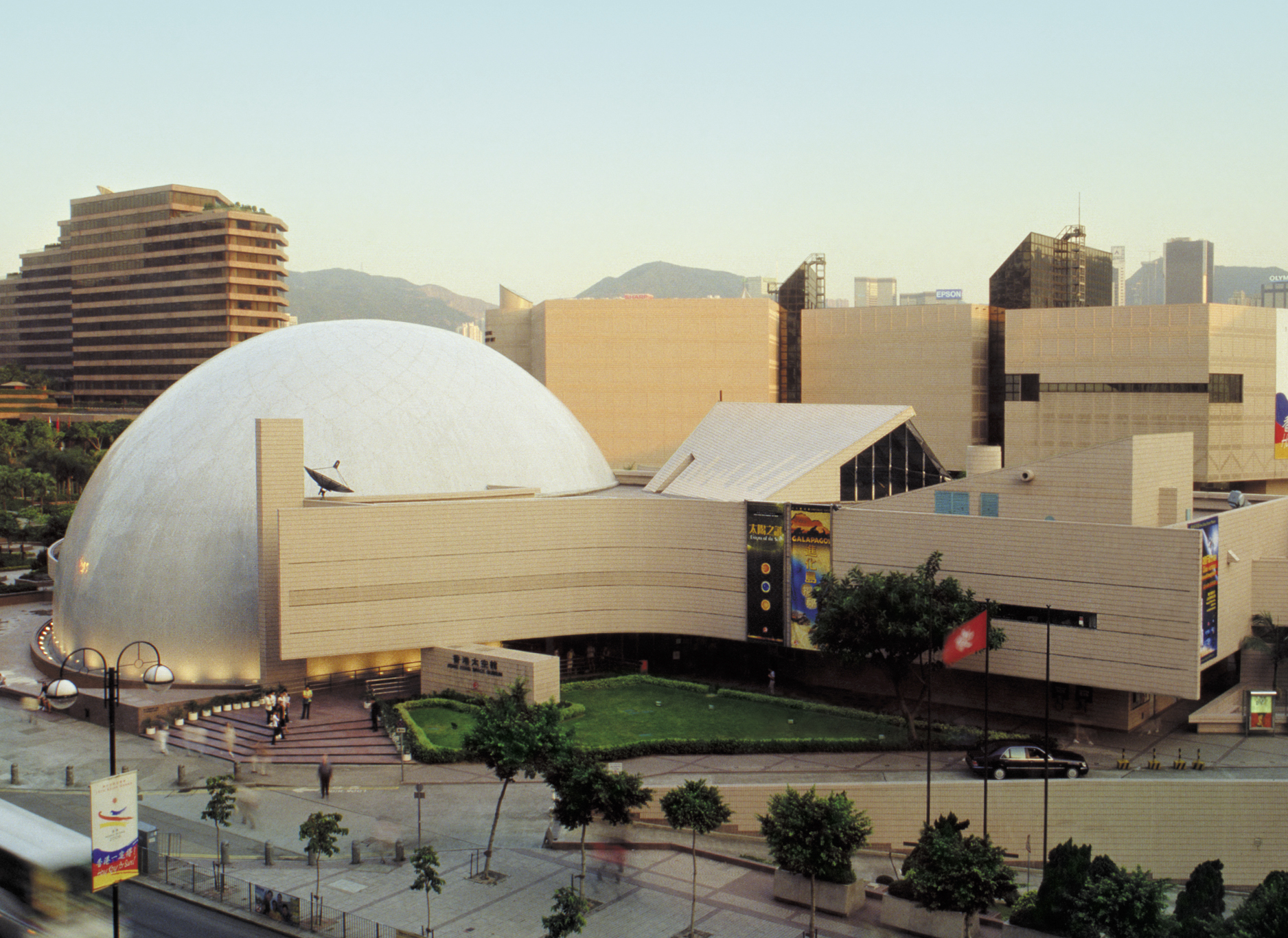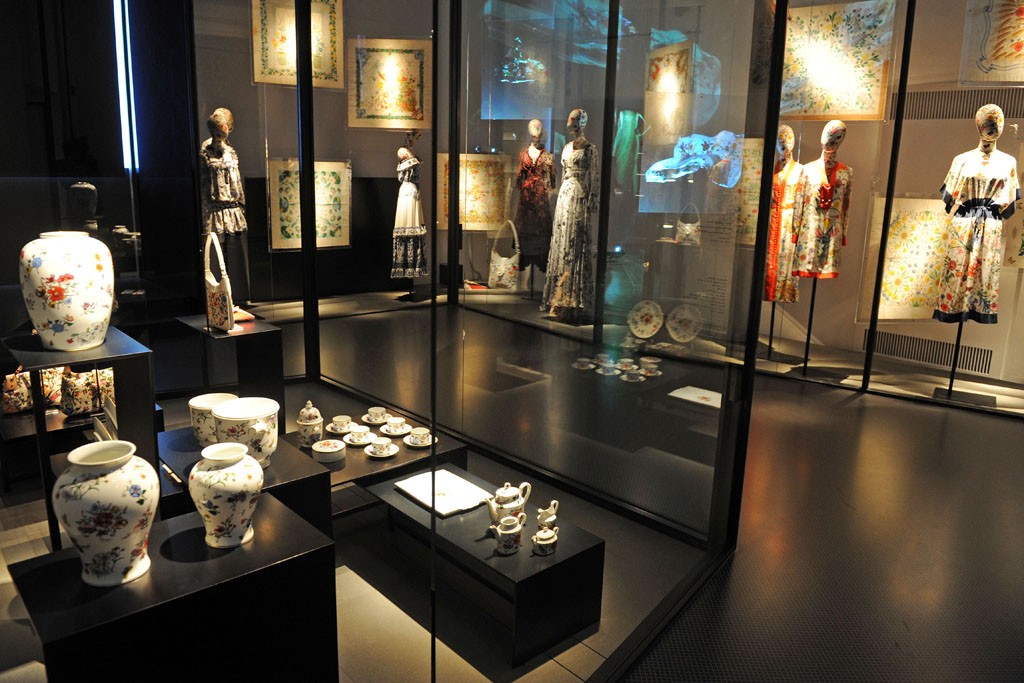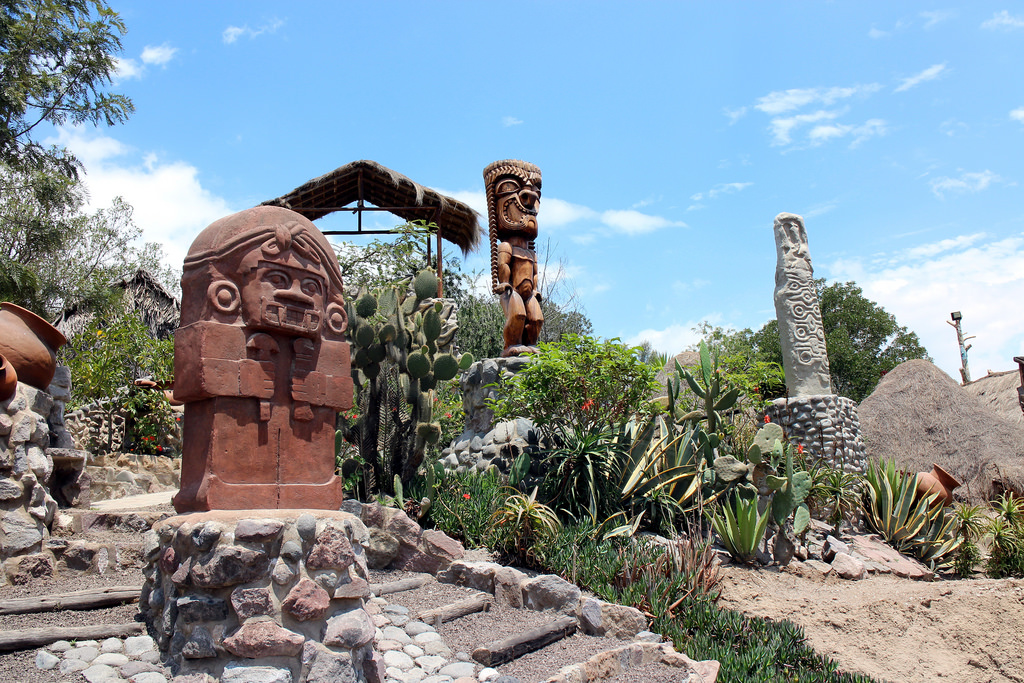Set up in the vicinity of the archaeological park of the same name, in the locality of Calderazzo, it houses significant finds from the Greek Magna Graecia of the 5th-4th centuries BC.
The material set up comes mostly from the excavations carried out at the beginning of the 20th century by Paolo Orsi, the German antiquarians Merz and Major and the Bishop of Miletus Filippo Mincione.
There is a rich collection of votive objects, mainly dedicated to Persephone, the patron goddess of marriage, Aphrodite and Athena.
The technique of working with terracotta (coroplastic), which characterizes the images of female divinities from the head alone, is very widespread. And from the 7th century onwards, the production of the typical medmee statuettes, of medium size, is very rich.
There are also numerous statuettes of divinities, models reproducing shields and helmets, reproductions of fruit and vegetables, pinakes, votive paintings brought as gifts by young girls on the eve of their wedding.
Among the most significant bronze finds are the phialai, shallow cups used for libations, i.e. offerings of liquids.
A significant detail that concerns the terracotta medmee is the ineffable fold of the smile. The statuettes and oinochoe were made with faces characterized by an accentuation of the hair and especially with fleshy and arched lips, accentuated by slight dimples at the corners of the mouth. This technique succeeded in achieving the effect of the enigmatic and mysterious smile that will be reproduced, centuries later, in Leonardo da Vinci’s Mona Lisa.
